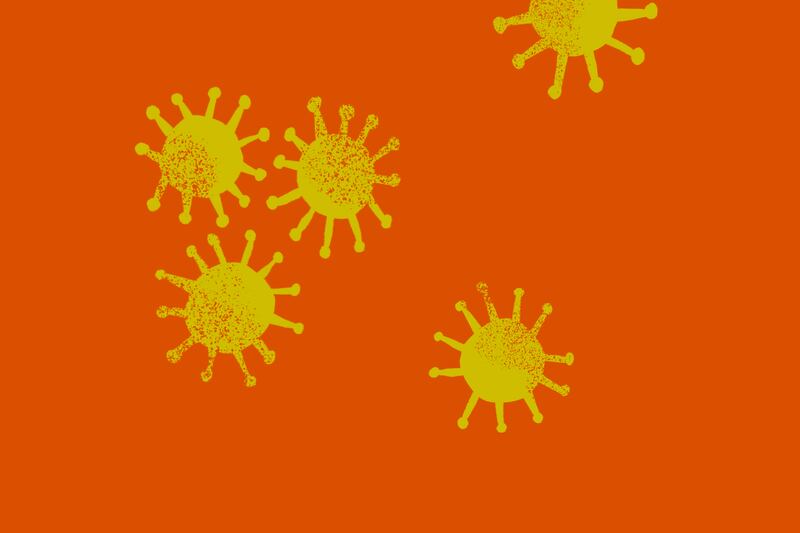The World Health Organization declared the COVID-19 outbreak a pandemic in March 2020, but defining an end to this global phenomenon isn’t as simple.
Three years later, the virus continues causing outbreaks. The winter surge this season wasn’t as severe in the U.S., although China struggled with rising infections while the country’s health care system suffered under the pressure.
COVID-19 infections didn’t overwhelm hospitals but cases of flu and RSV did.
“This virus continues to throw 210-mile-per-hour curve balls at us. And it seems to defy gravity or logic sometimes,” Michael Osterholm, who heads the Center for Infectious Disease Research and Policy at the University of Minnesota, told NPR.
“People all assumed we would see major transmission. Well, every time we think we have some reason to believe we know what it’s going to do, it doesn’t do that,” Osterholm added.
So, is the COVID-19 pandemic really over?
Defining a ‘tricky’ beginning and end
The word pandemic comes from the Greek words “pan,” meaning all, and “demos,” meaning people. Merriam-Webster’s Medical Dictionary defines it as “an outbreak of a disease that occurs over a wide geographic area (multiple countries or continents) and typically affects a significant proportion of the population.”
As Dr. Robert Shmerling wrote for Harvard Health Publishing, the standard definitions aren’t exactly specific.
“And even if we could all agree on its definition, no single person, government agency, or public health organization has the authority to declare that a pandemic has begun or ended,” he writes.
So, what can signify the end? “I believe that pandemics end partially because humans declare them at an end,” said Marion Dorsey, an associate professor of history at the University of New Hampshire, who studies past pandemics, per The Scientific American.
The 1918 Spanish flu, which killed an estimated 50 million people, came in three waves, but John M. Barry, historian and author of “The Great Influenza: The Story of the Deadliest Pandemic in History,” said a new variant emerged in 1920 and caused the fourth wave.
During this time, more people died in some areas than during the earlier waves, even with established immunity, since most pandemic-related restrictions were halted. While death tolls returned to normal in 1921, Barry told Scientific American that hastiness in declaring an end to the pandemic earlier had proved to be a mistake.
COVID fatigue takes over
A recent study, published on Jan. 22, found that 75% of the 1,536 respondents considered themselves tired of the pandemic, according to The Hill.
Another poll conducted in December by Axios/Ipsos Coronavirus index found nearly a third of U.S. citizens perceived COVID-19 as a large or moderate risk, while half have already moved back to pre-pandemic routines, whether that means eating out or meeting family and friends, according to Ipsos.
Half of the people surveyed reported having been infected with the virus. Overall, the poll found that Americans are less anxious about COVID-19 after the omicron wave in January.
Most are supportive of government efforts to fight against the virus, but 44% say that it's time to focus on other issues.
“Every time people walk into stores without masks or even just walk into stores for pleasure, they’re indicating they think the pandemic is winding down, if not over,” Dorsey said, per The Scientific American. “I don’t think anything really has a meaning until, as a society ... we act as if it is.”
The virus continues to mutate
First came the delta variant, then omicron drove infections; omicron’s subvariant strains, BA.4 and BA.5, had higher rates of transmission but lower severity. The sister mutations caused a wave in January, when over 1.5 million cases were reported in a day, according to CNBC.
As Yale Medicine noted, a strain that causes mild illness still poses a lot of threat by overwhelming hospitals and giving the virus more room to mutate, creating a cycle where new variants keep emerging.
BQ.1 and BQ.1.1. were the dominant virus strains behind a majority of reported cases, until XBB.1.5 gained momentum, according to the Centers for Disease Control and Prevention. Nicknamed “Kraken,” after the terrifying mythical sea monster, the strain currently accounts for over 66.4% of cases.
Barry said of his approach to COVID-19 and its future, “I think it’s more likely than not that future variants will not be any worse.”
“In fact, I think it’s more likely that they’ll get milder than that they will get more virulent. But we don’t know that. It’s random event. I think, in the long term, that’s where we will end up, but that doesn’t mean every iteration of the virus is going to move in the same direction,” he explained, per The Scientific American.
What’s the bottom line?
Experts still don’t know a lot about COVID-19 and its variants, which could mean it isn’t over yet. And even after this immediate threat simmers down, there is still the aftermath to deal with.


